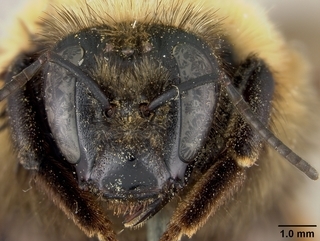
Smithsonian Institution, Entomology Department · 9
Bombus rufocinctus, female, face |
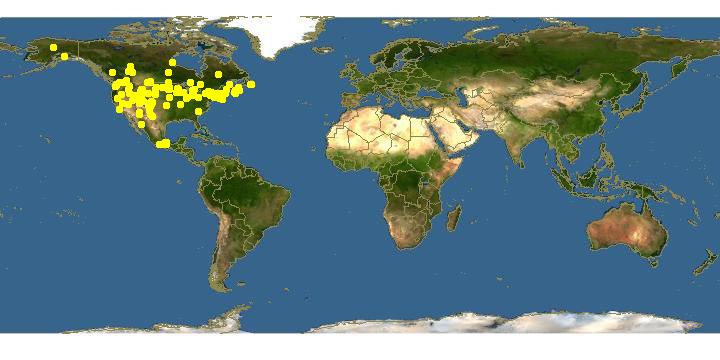
Click on map for details about points.
|
80x5 -
240x3 -
240x4 -
320x1 -
320x2 -
320x3 -
640x1 -
640x2
Set display option above.
Click on
images to enlarge. |
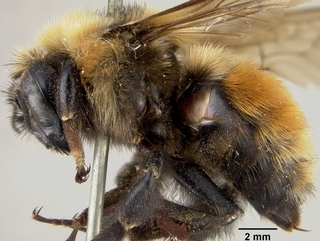
Smithsonian Institution, Entomology Department · 9
Bombus rufocinctus, female, side |
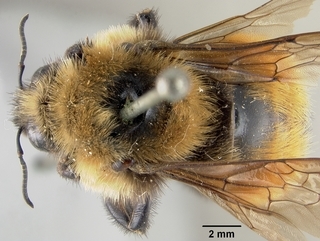
Smithsonian Institution, Entomology Department · 9
Bombus rufocinctus, female, top |
|
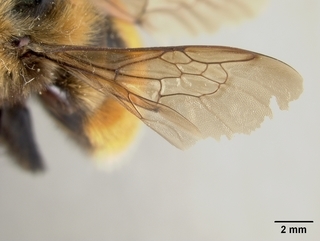
Smithsonian Institution, Entomology Department · 9
Bombus rufocinctus, female, wing |
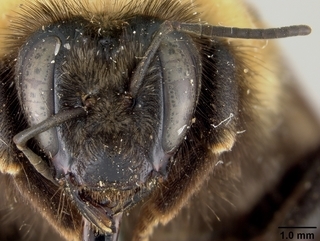
Smithsonian Institution, Entomology Department · 9
Bombus rufocinctus, female, face |
|
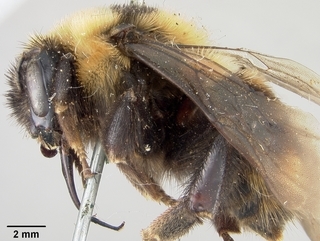
Smithsonian Institution, Entomology Department · 9
Bombus rufocinctus, female, side |
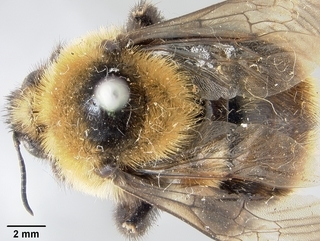
Smithsonian Institution, Entomology Department · 9
Bombus rufocinctus, female, top |
|
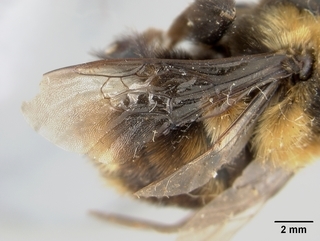
Smithsonian Institution, Entomology Department · 9
Bombus rufocinctus, female, wing |
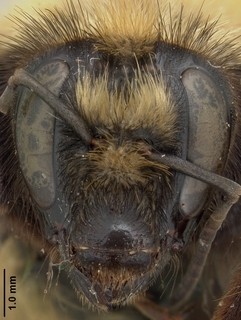
Smithsonian Institution, Entomology Department · 9
Bombus rufocinctus, female, face |
|
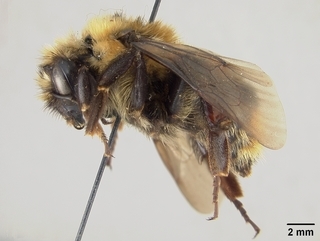
Smithsonian Institution, Entomology Department · 9
Bombus rufocinctus, female, side |
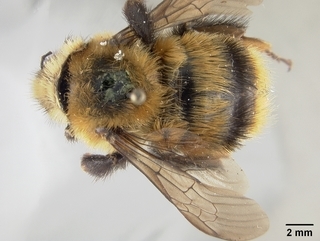
Smithsonian Institution, Entomology Department · 9
Bombus rufocinctus, female, top |
|
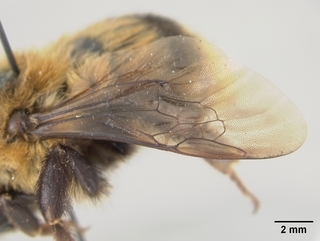
Smithsonian Institution, Entomology Department · 9
Bombus rufocinctus, female, wing |
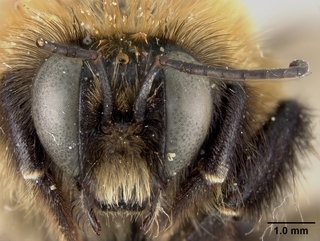
Smithsonian Institution, Entomology Department · 9
Bombus rufocinctus, male, face |
|
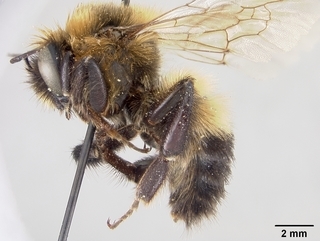
Smithsonian Institution, Entomology Department · 9
Bombus rufocinctus, male, side |
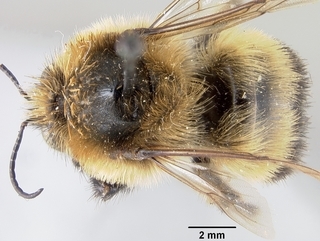
Smithsonian Institution, Entomology Department · 9
Bombus rufocinctus, male, top |
|
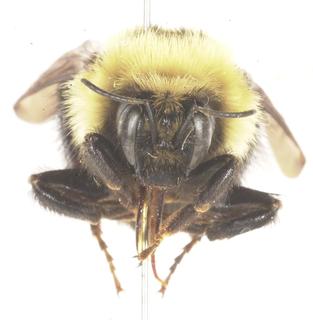
© Photographer/source
queen front
UGCA195813_01
|
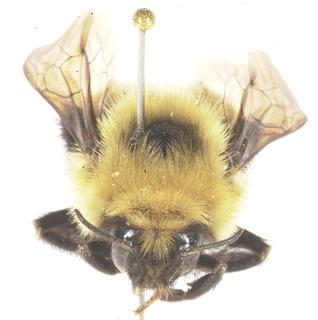
© Photographer/source
queen front top
UGCA195813_02
|
|
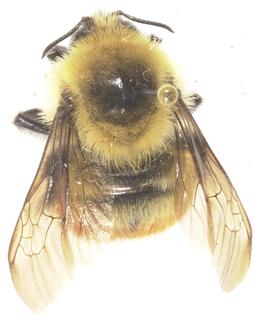
© Photographer/source
queen top
UGCA195813_03
|
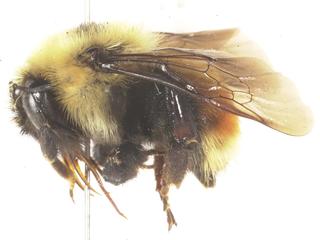
© Photographer/source
queen side
UGCA195813_04
|
|
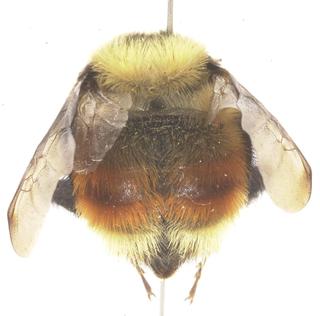
© Photographer/source
queen rear
UGCA195813_05
|
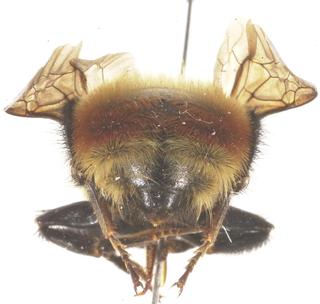
© Photographer/source
queen rear tip
UGCA195813_06
|
|
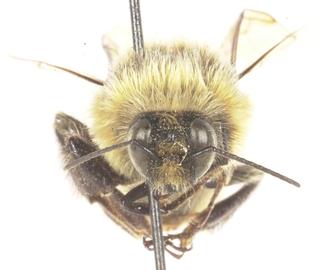
© Photographer/source
male front
UGCA195814_01
|
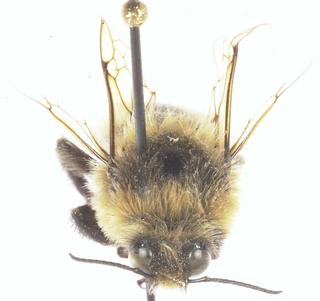
© Photographer/source
male front top
UGCA195814_02
|
|
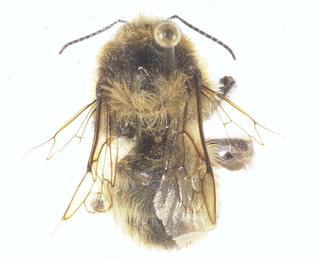
© Photographer/source
male top
UGCA195814_03
|
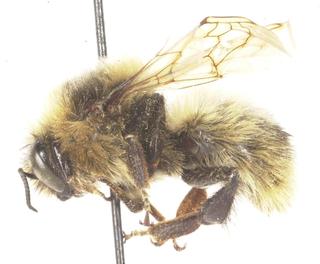
© Photographer/source
male side
UGCA195814_04
|
|
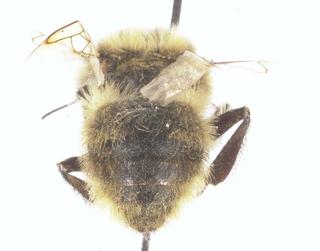
© Photographer/source
male rear
UGCA195814_05
|
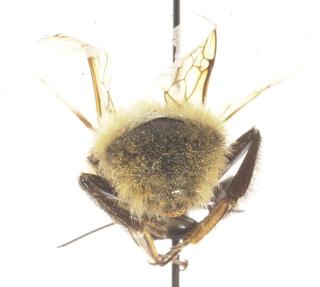
© Photographer/source
male rear tip
UGCA195814_06
|
|
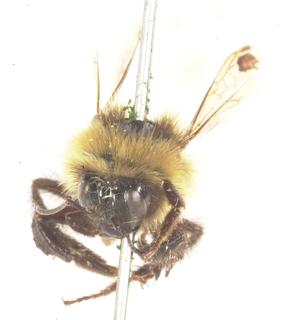
© Photographer/source
worker front
UGCA195815_01
|
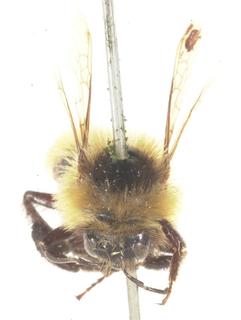
© Photographer/source
worker front top
UGCA195815_02
|
|
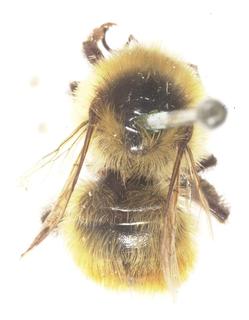
© Photographer/source
worker top
UGCA195815_03
|
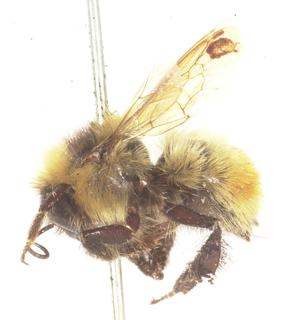
© Photographer/source
worker side
UGCA195815_04
|
|
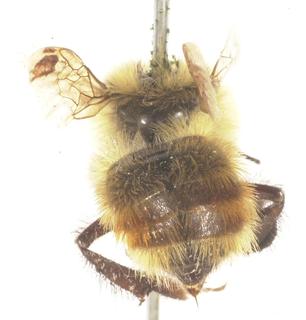
© Photographer/source
worker rear
UGCA195815_05
|
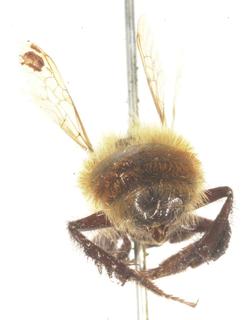
© Photographer/source
worker rear tip
UGCA195815_06
|
|
Overview |
Reprinted with permission from: Mitchell, T.B. 1962 Bees of the Eastern United States. North Carolina Agricultural Experiment Station Technical Bulletin No. 152.
QUEEN—Length 16-18 mm., breadth of abdomen 8.5 mm.; black, including legs, spurs and tegulae; wings rather deeply infuscated, veins brownish to piceous; pubescence copious but rather short, largely black on face and cheeks, but with some intermixed, shorter light hairs above antennae, cheeks with some grayish hairs intermixed with the black; vertex with a tuft of pale yellowish hairs medially, becoming black on each side, occiput with a dense, pale yellowish fringe; pubescence bright yellow on pronotum, tubercles, anterior third of scutum, entire scutellum, pleura and propodeum in large part, the scutum bare medially, with black pubescence over posterior two-thirds, the thoracic venter narrowly fuscous pubescent beneath, and legs clothed with largely black hairs, with some paler hairs on the inferior fringe of hind femora, the corbicular fringe of elongate. largely black hairs, basitarsi clothed beneath with brownish pubescence, upper surface nearly bare but with very minute, pale pruinose hairs that do not hide surface; abdominal terga 1 and 4 with bright yellow pubescence, 2 with yellow pubescence medially and across the base, but with elongate fulvous hairs apically and laterally, 3 with largely fulvous hairs which overlie tergum 4 which is largely yellow pubescent; terga 5 and 6 black pubescent but with dense yellow fringes on each side of 5; clypeus very finely and rather closely punctate laterally and above, a broad median area shining and nearly impunctate, with only very minute or widely scattered punctures; labrum slightly elevated at base, this broadly interrupted medially by a quite deep impression, its apical margin rounded and slightly elevated above the apical margin on each side, and fringed apically with ochraceous hairs; apex of mandible with a pair of distinct notches toward the upper angle, otherwise entire, outer face rather smooth, with barely evident, minute punctures; malar space smooth and shining, without evident punctures, its length hardly more than half the basal width of mandible, hardly more than one-eighth the length of the eye; median area of face with rather deep and distinct but quite close punctures, intervening spaces with more minute and shallow punctures, surface shining and impunctate around ocelli; the vertex densely punctate medially beneath the pubescent tuft, becoming somewhat more distinctly but very closely punctate laterally; lateral ocelli somewhat nearer eyes than to each other and nearer each other than to margin of vertex; antennal scape considerably more than half the total length of flagellum, basal segment of flagellum only slightly shorter than segments 2 and 3 combined, these nearly equal in length; hind basitarsi quite broad, the length only about twice the greatest breadth; tergum 6 shining and minutely punctate, punctures becoming somewhat closer toward margins, narrowly rounded at apex.
WORKER—Length 11-12.5 mm., breadth of abdomen 5-5.5 mm.; quite similar to queen but pubescence relatively more elongate, with considerable variation in the pattern of pubescence on abdominal terga, with some black pubescence evident on the more median terga in some specimens.
MALE—Length 12-13 mm., breadth of abdomen 5.5-6 mm.; black, apical segments of legs and tegulae somewhat more piceous, mid and hind spurs reddish-piceous; wings rather lightly infuscated, veins testaceous to piceous; apical margins of abdominal terga narrowly testaceous-hyaline; pubescence copious and erect, largely yellow on cheeks below, on clypeus and on vertex medially, black around and above antennae and along margins of eyes, on cheeks above and vertex laterally, with a few black hairs overlying ocelli; pubescence bright yellow on pronotum, anterior third of scutum, around tubercles, over most of pleura. and on scutellum and propodeum; posterior two-thirds of scutum with conspicuous black pubescence, basal segments of legs, including femora, more or less yellow pubescent, the lower margin of femora rather densely fringed with yellowish hairs, tibiae more black pubescent, with rather conspicuous posterior fringes, hind tibiae very narrowly fringed with black anteriorly, and with more elongate, black hairs posteriorly; basitarsi with pale brownish pubescence beneath, with somewhat darker pubescence above on front and middle legs, hind pair with a rather conspicuous fringe of elongate dark hairs posteriorly; abdominal terga 1, 2, 5 and 6 with conspicuous yellow pubescence, 3, 4 and 7 largely black; clypeus very finely and rather closely punctate beneath the dense pubescence, but median apical area becoming shining and largely impunctate; labrum broadly truncate, shining and impunctate in large part, with only a few scattered, irregular punctures; mandibles slender apically, bi-dentate, outer face very densely tomentose, hiding surface, and fringed beneath with long curled hairs; malar space smooth and shining, impunctate, very short, no more than half basal width of mandibles, and about one-tenth length of eye; median area of face finely and closely but not densely punctate, punctures becoming more distinct and sparse toward ocelli, space between ocelli and eyes smooth and impunctate; punctures very close and fine but not crowded on vertex medially, becoming somewhat more minute and irregular laterally; ocelli slightly below supraorbit1 line, considerably near each other than to margin of vertex, and much nearer eyes than to each other; antennal scape much less than half total length of flagellum, basal segment of flagellum about equal to segment 3, segment 2 considerably shorter, not much longer than broad; hind tibiae strongly convex but rather narrow, shining and largely impunctate on outer surface, hind basitarsus broad, length not much greater than twice the maximum breadth; sterna 7 and 8 and genital armature as shown (fig. 132).
DISTRIBUTION—Pacific Coast to Michigan, Quebec and Maine, July to October.
|
|
|
Kinds | |
Extracted from Jonathan Koch, James Strange,Paul Williams.2012. Bumble Bees of the Western United States. A product of the U.S. Forest Service and the Pollinator Partnership
with funding from the National Fish and Wildlife Foundation Red-belted bumble bee Status: Common Select food plant genera: Cirsium, Melilotus, Arctium,
Trifolium, Aster, Tanacetum Tongue Length: Short Distribution: Broadly distributed across the northern half of
the U.S. and throughout the southern Rocky Mountains
and the Sierra Nevada Highly variable coloration; can be confused with
B. melanopygus, B. bifarius, B. huntii, and B. sylvicola Similar to many color patterns
shown by both western and
eastern North American
bumble bees, but small
bodied, short haired and with
a very short face. Mid leg basitarsus with
the distal posterior corner
rounded. Cheek length
distinctly shorter than broad.
Many other combinations
of these color patterns are
known, but the hair of T2 is
almost always with at least
a yellow crescent anteriorly
(only rarely very much
reduced). Hind basitarsus
with the posterior margin
evenly but not strongly
arched. Hair length short and
even, body size small.
|
|
|
Identification |
Extracted from Bumble Bees and Cuckoo Bumble Bees of California by Thorp, R. (1983).
Bombus rufocinctus Cresson, 1863, Proa Entomol. Soc. Phila. 2:106. m, w. Lectotype m, Pike's Peak, Colorado (#2643 ANSP) (selected by Cresson, 1916).
Bombus henshawl Franklin, 1913, Trans. Amer. Entomol. Soc., 38(34):446. q. Holotype q, San Francisco or Palo Alto, Cali¬fornia (MCZ, Harvard?).
Geographic range (Map 5). Southern Canada and northern United States; Quebec, Maine, New York, W to British Colum¬bia, New Mexico, Arizona, and northern California.
California records. ALPINE CO.: Woodfords, 5 km NE. HUM. BOLDT Co.: Eureka. Mono Co.: Cedarvllle; Goose Lake; Lake City, 6.5 km N. MONO Co.: Bodie*. Bridgeport; Grant Lake; Hammil; Hilton Creek; Leavitt Meadow; Long Valley; Mill Creek; Pickel Meadow; Whitmore Hot Springs. MONTEREY CO.: Pacific Grove; Pfeiffer State Park. SAN FRANCISCO CO.: San Fran¬cisco. SAN MATEO CO.: Daly City, San Bruno Mtns. SHASTA CO.:
Flower records. QUEENS (41): Leguminosae 54%; compositae 15%; Hydrophyllaceae 15%. WORKERS (126): Leguminosae 69%; Compositae 17%. MALES (23): Compositae 70%; Malvaceae 13%. Total: 190 in 11 families with 27 genera as follows: Althaea: lq, 7w, 3m; Asckplas: lm; Aster: 6w, lm; Astragalus: 4q; Bal-samorhlza: lq; Brasska: lq; Caragana: 9q; Ceanothus: lq; Chamaebatiaria: 3w, lm; Chrysothamnur. 2m; Cirsium: 2q, lw; Ckome: lw; Grlndella: 5w, 4m; Hapbpappus: lm; HeHanthur. lq, 2w; Luplmts: 2w; Medkago: 6q, 2w; Melibtus: lq, 8lw, 2m; Mentha: lw; Nasturtium: 5w, Penstemon: 3q; PhaceUa: 6q; Rosa: lq; SoUdago: 8w, 8m; Taraxacum: 2q; Trffbmm: 2w, Kfcfa: 2q.
Discussion. B. rufocinctus is most closely related to the European B. cullumanus and more distantly related to members of the subgenus Separata-bombus. In addition to the characters in the subgen¬eric diagnoses, B. rufocinctus differs from B. grtseo-collis and morrisoni in having longer, more sparse hair and more shiny integument
This species varies greatly in color pattern (Figs. 105, 132). As a consequence, many infraspecific names have been applied (Milliron, 1973b). How¬ever, the color patterns do not vary in any ecogeo-graphic pattern. Several color patterns occur at sin¬gle localities (Thorp, 1962) and even in the same nest (Stephen, 1957). Thus, the application of sub¬species names to these patterns is inappropriate.
The biology of this species has been discussed in considerable detail by Hobbs (1965b). He found females of all three species of Psithyrus (suckleyi, insularis, and fernaldae) and eggs laid by some P. insularis in nests of B. rufocinctus. However, he was unable to determine whether any Psithyrus were reared to adults. He also found that a conopid fly, Physocephala texana, killed a founding B. rufocinctus queen.
Extracted from: Laverty T.M., & Harder L.D., (1988). The Bumble Bees of Eastern Canada. Can. Ent. 120: 965-987.
Description. Queen small, worker and male very small to medium. Head rounded; malar space very short, about half as long as wide. Tongue short, shortest of North American species;ocellislightlybelowsupraorbitalline.Eyes moderately enlarged and slightly bulging in male. This species is more variable in colouration than any other species in eastern North America.
Female. Facial pile with mixed black and yellow hairs, vertex yellow. Thoracic pile yellow, except for black pile in the interalar area, which may form a clearly defined black interalar band, a black band with yellow pile intermixed around wing bases, or a small black spot. Tergum 1 yellow, T5 and T6 black. Pile colouration of remainder of the abdo- men highly varied in two areas: posterior margin of T2 and all of T3, red (red morph) or black (black morph); and T4, red (Fig. 5a) or yellow (Fig. 5b) in red morph, and black (Fig. 5c) or yellow and black (Fig. 5 4 in black morph. Some females of red morph with yellow pile on lateral margins of T5.
Male. Colour patterns generally as those described for females of red and black morphs. Tergum 1-T2 yellow in both morphs. In red morph, T3 red, T 4 T 5 red (Fig. 5e) or mostly yellow (Fig. 5&, TGT7 black in most specimens but red or yellow in a few specimens.Inblackmorph,T3-T4 black,T5black(Fig.5g)or yellow (Fig.5h),although some specimenshave yellow pile only on lateral margins, TGT7 black in most specimens.
The colour of T2 and T3 on the one hand and T4 on the other apparently varies independently and bees with different patterns are often produced by a single colony (Owen and Plowright 1988).
Extracted by H. E Milliron. A Monograph of the Western Hemisphere Bumblebees (Hymenoptera: Apidae; Bombinae) II. The Genus Megabombus Subgenus Megabombus. The Entomological Society of Canada, Ottawa 1970. pp. 239-330.
Description. Queen. Length, 18.0 mm; width at wing bases, 7.5 mm; abdomen, 10.0 mm, width across T2, 9.0 mm; front wing length, 15.0 mm, width 5.0 mm. Head: Frontal outline (excluding mouthparts) roundly trapezoidal, the median height about equal to the widest part, broadly rounded at the temples, vertex broadly arcuate; vertical region nearly flat and mostly covered with small to medium punctures; ocular half of ocellocular area covered with small and medium punctures, the ocular half for the most part smooth; com pound eyes only slightly more broadly rounded below than above, their inner margins nearly parallel except slightly convergent above; ocelli of medium size situated in a weak arc just below the supraorbital line and separated from one another by somewhat less than their diameters; interocellar line only noticeably greater than the ocellocular line; malar space about f as long as distance between (and including) mandibular articulations, its surface weakly unevenly convex and with few inconspicuous punctures; labrum little more than twice as wide as thick, its ventral margin for the most part arcuate, the labral shelf irregularly sculptured and not very sharp, the tubercles rather low flattened and irregularly sculptured beneath, their inner summits separated by a somewhat shallow intertubercular depression about equal to the combined lengths of F2 and F3; flagellum about If times longer than scape, FI nearly equal to the combined lengths of F3 and F4, F3 noticeably longer than the quadrate F2; clypeus rather evenly but not strongly convex, its median height about equal to f the widest part near the base, well covered with small and medium punctures. Legs: Mesobasi- tarsite subrectangular and about 3 times longer than widest part which is noticeably wider than the length of longest hairs of the posterior fringe, the outer surface nearly flat, the distal angles both not sharp and about equally extended with a shallow emargination between; outer surface of hind tibia microscopically granulose, with a weak longitudinal convexity just anteriad of the middle, the widest part about equal to longest hairs of corbicular fringe; metabasitarsite subrectangular, about 21 times longer than widest part which is nearly twice as wide as the length of longest hairs of the posterior fringe, outer surface broadly and shallowly concave longitudinally, the posterior margin evenly but not strongly arcuate from base to distal end which is nearly subtruncate. Pubescence: Rather short, fine and dense, only slightly longer on the posterior region of scutellum; mesobasitarsal posterior fringe of medium
length along the proximal two-thirds of margin, the hairs straight and rather loose, becoming much shorter distally; corbicular fringe somewhat dense, comprised of moderately long weakly curved hairs except those at distal end much shorter and strongly arcuate; metabasitarsal posterior fringe not dense, composed of longest weakly bent hairs only along about the proximal one-third, becoming much shorter beyond. Color: Head predominantly black with considerable yellow on occiput, some intermixed on vertex, and some fine pallid pile inter mixed on the face; thorax yellow with some dark pile near leg bases and a poorly defined black interalar band that is widest at the middle; abdominal T1 and basally and most of medial area of T2 yellow blending to ferruginous laterally and distally, T3-4 ferruginous, T5 black with trace of ferruginous laterally, T6 black, the abdominal venter mostly blackish with few ferruginous tinged hairs especially along the distal sternal margins (c/. under Comments for references to the most common forms of chromatic variants in this species, including those in the hypotype series but not detailed above); legs black but sometimes with a ferruginous tinge to some hairs especially those of the fringes. Wings usually rather lightly infumated, sometimes slightly paler in the discal area of front wing.
Worker. Length, 12.0 mm; width at wing bases, 5.5 mm; abdomen, 6.0 mm, width across T2, 6.0 mm; front wing length, 11.0 mm, width, 3.5 mm. The structural characters in this caste are relatively very similar to those of the queen in proportions and form. Size varies widely from individuals that are only about one-half as large as given to those that are some what larger, but it is uncommon for a specimen to attain the size of even a small queen, unlike the situation existing in several other species. The color patterns and chromatic variability parallel those found in the queen (cf. under Comments).
Male. Length, 16.5 mm; width at wing bases, 7.0 mm; abdomen, 8.0 mm, width across T2, 7.0 mm; front wing length, 13.0 mm, width, 4.5 mm. Head: Frontal outline (excluding mouthparts) roundly trapezoidal, broadly rounded at the moderately narrow temples and only weakly arcuate across the vertex, about as wide at the widest part as the median height; vertical region nearly flat, unevenly covered with small (mostly follicular) punctures and only slightly inclined toward the occiput; ocelli of medium size, located in a weak arc distinctly below the supraorbital line, noticeably closer together than their diameters; ocellocular area little wider than the diameter of a lateral ocellus, the ocular half with few small punctures, the ocellar half smooth; interocellar line nearly twice as long as the ocellocular line; compound eyes somewhat swollen, about equally rounded above and below, their inner margins nearly parallel; malar space little more than \ as long as distance between (and including) mandibular articulations, transversely weakly convex, mostly smooth; labrum little more than twice as wide as its greatest thickness, its ventral margin nearly straight except arcuate at the corners, the callosities very weak and not separated by a deep depression; flagellum little more than twice as long as scape, FI subequal to F3 which is nearly li times longer than subquadrate F2. Legs: Mesobasitarsite nearly rectangular, its widest part about equal to the length of longest hairs of the posterior fringe, the posterior margin nearly straight, the outer surface only weakly concave longitudinally, the distal end subtruncate with the somewhat sharper distoanterior angle extended only slightly beyond the distoposterior one with a very shallow emargination between; metabasitarsite with widest part about equal to the length of longest hairs of the posterior fringe, the outer surface for the most part broadly concave longitudinally, the posterior margin rather strongly arcuate proximally, beyond nearly straight, the more swollen anterior margin evenly but not strongly arcuate from base to distal subtruncate end of segment. Pubescence: Similar to that of the queen but for the most part slightly less dense; mesobasitarsal posterior fringe of medium length, not dense, longest hairs along proximal third
and gradually diminishing in length to the distal end, all straight or nearly so; hind tibial posterior fringe composed of moderately long, not especially dense hairs that are mostly weakly arcuate, the distal ones more strongly so, much of the outer surface of hind tibia devoid of pubescence; metabasitarsal posterior fringe rather long and loose with mostly weakly bent hairs the longest of which are just proximad of the middle of margin, those at both ends of the segment being shorter. Genitalia and seventh and eighth abdominal sterna (PL XIX). Color: Head mostly black with some yellow (or yellowish) intermixed on the vertical region, face, and lower gena; thorax yellow (somewhat duller ventrally) with a rather broad interalar black band that is not sharply defined; legs mostly black with some pallid (yellowish) pile near their bases and yellow on the dorsal distal half of hind femora, abdominal T1 yellow, T2 yellow except for a ferruginous tinge distally and distolaterally, T3-5 mostly ferruginous with some slight admixture of yellowish hairs at the extreme sides, T6-7 mostly black with an intermixture of some ferruginous tinged hairs, the abdominal venter largely blackish with some yellowish pile especially distally on the median sterna (for color variation cf. under Comments). Wings rather lightly infumated, the discal area often slightly paler.
|
|
|
Names | |
|
|
| Supported by | |
Updated: 2024-04-25 13:50:42 gmt
|